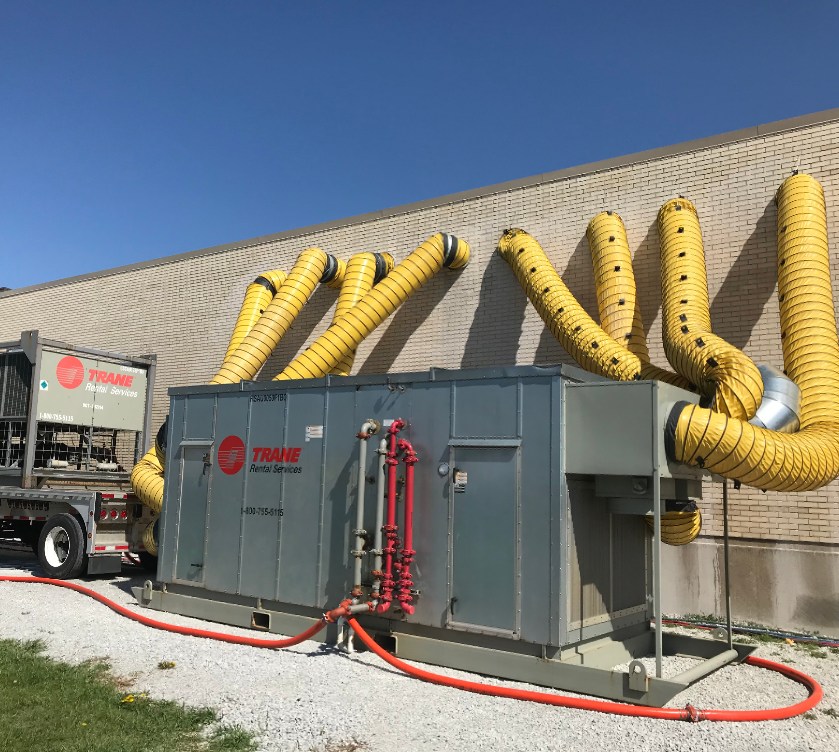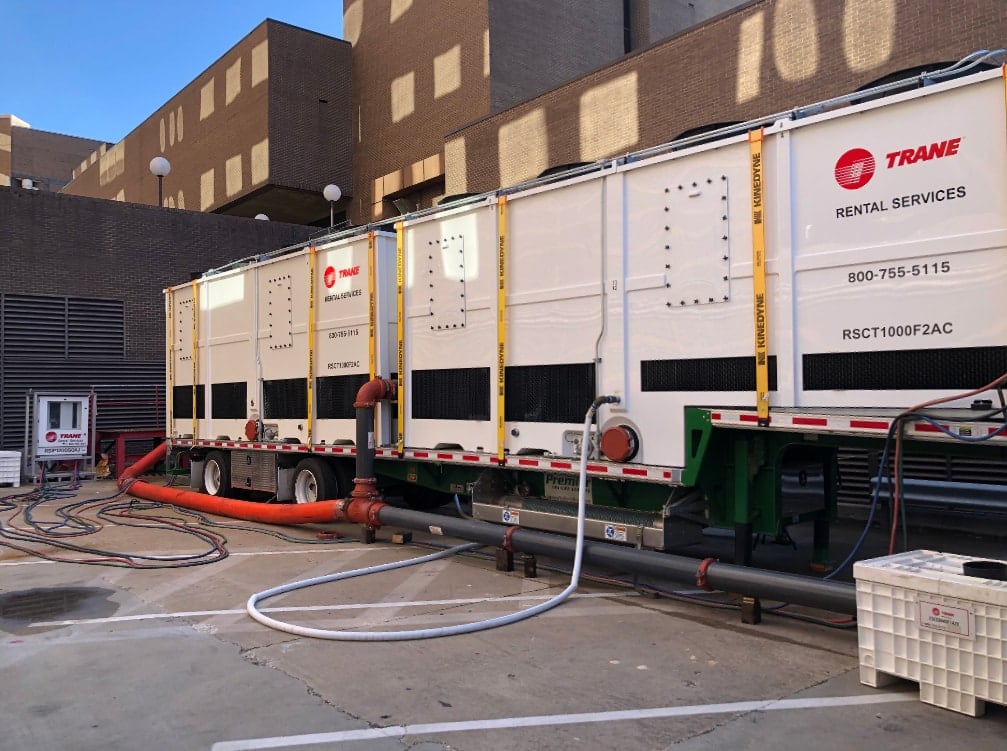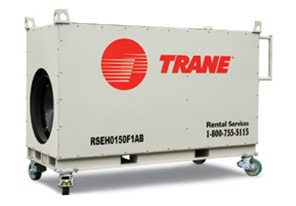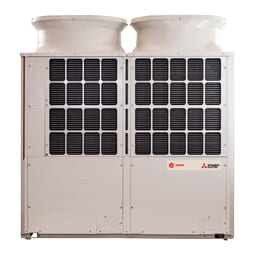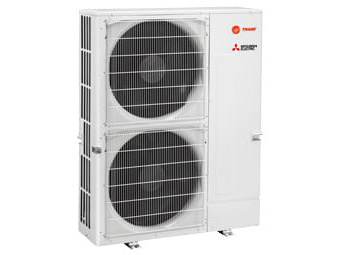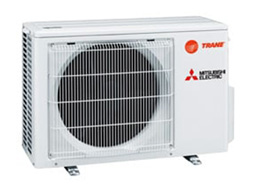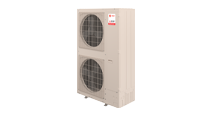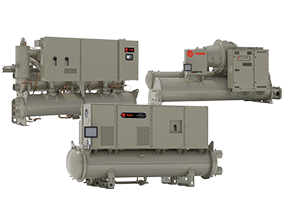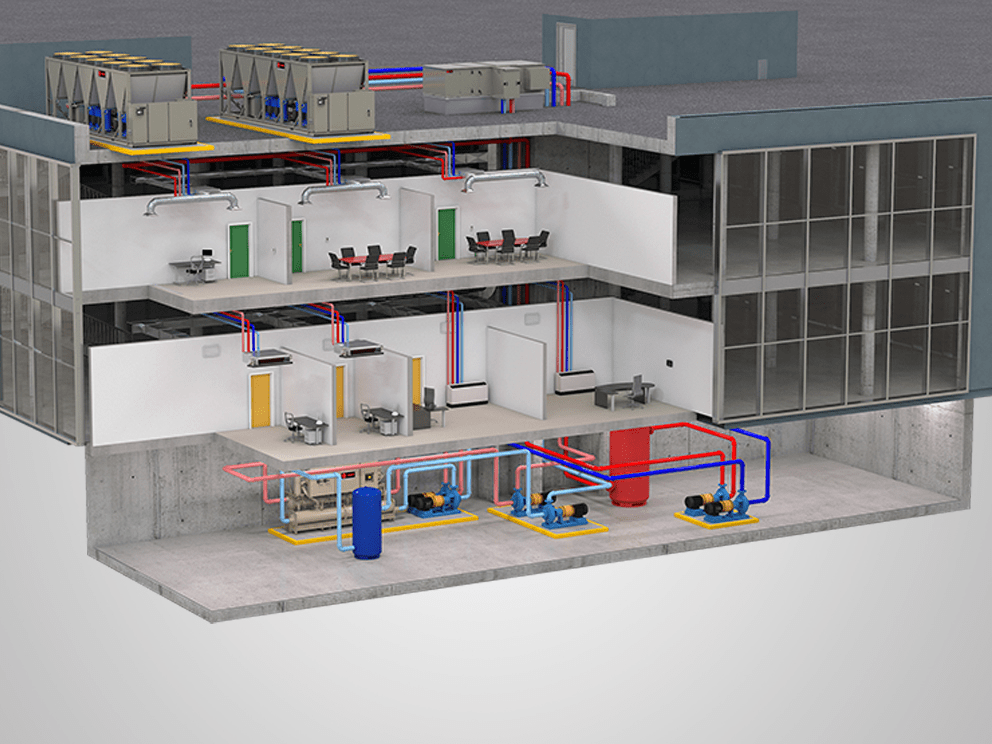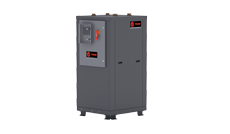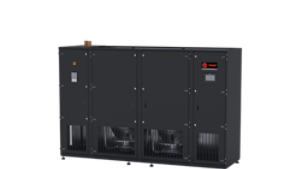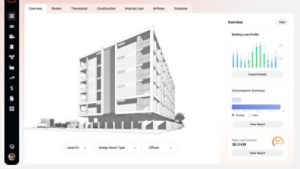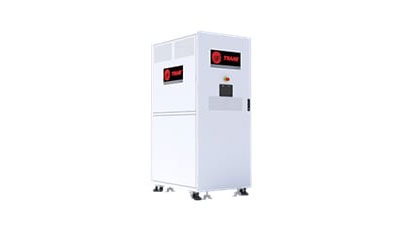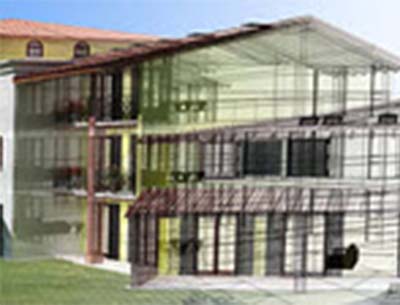Looking Ahead: HVAC, Power Contingency Planning Offers Flexibility and Peace of Mind

Most hospitals and medical centers maintain basic contingency plans in the event of natural disasters and building system failures that could impact normal operations. A heating, ventilation and air conditioning or power system failure could have potentially devastating effects on the physical environment of care, even creating life-and-death situations.
Healthcare organizations rely on Trane to help ensure that facilities can rapidly deploy those temporary systems needed to sustain critical operations in the event of an emergency. Comprehensive facility contingency plans must include up-to-date HVAC and power recovery strategies that reduce risks while preparing the facility to accommodate temporary systems.
Trane Rental Services provides temporary solutions
Trane Rental Services develops and implements strategies to help healthcare organizations meet heating, cooling and power needs effectively when permanent systems go down, regardless of the reason.
Trane rental HVAC systems also handle hospitals’ heating and cooling demands during scheduled maintenance to the facility’s permanent system. With proper preparation, temporary solutions can be installed quickly and efficiently, allowing technicians time to service permanent systems without disrupting healthcare operations.
Contingency plans essential to crisis response
Every healthcare organization should include a power and HVAC contingency plan as part of its comprehensive crisis-response plan. Hospitals can evaluate, analyze, create and implement a contingency plan via the following steps:
- Assess the financial, operational and patient impact of a disruption in power or HVAC service. Trane provides a comprehensive cooling contingency plan program that assists hospitals in estimating the true costs of unplanned downtime, which far outweigh the cost of repairing systems in a crisis mode.
- Identify potential causes of system failure — including natural disasters, power outages, equipment failures, even sabotage — and rank them based on probability, potential to disrupt normal hospital operations, and financial cost.
- Commission a critical system audit to identify mission-essential power and HVAC systems and evaluate their current operating condition. Address performance deficits and document potential failure points.
- Identify areas within the hospital that, were an unplanned service interruption to occur, would have the greatest impact on mission-essential operations, as well as the bottom line .
- Develop and implement the HVAC and power contingency plan. Provide thorough training and conduct drills to verify the process and identify areas for improvement. Make required building modifications. Review and update the plan each year, or any time the facility undergoes a significant change, such as a building modification or expansion.
- Identify reliable, experienced contingency planning consultants and temporary solutions providers. Trane contingency planning consultants rely on proven tools to ensure that the hospital develops a strategy for complete, effective, achievable HVAC and power management in any emergency.
Trane collaborates with healthcare facilities around the world to devise and deploy effectual, well-understood and broadly shared contingency plans. Such plans minimize service interruptions, reduce capital loss, maintain or restore normal operations sooner and create peace of mind for staff, patients and other stakeholders in the community.





















